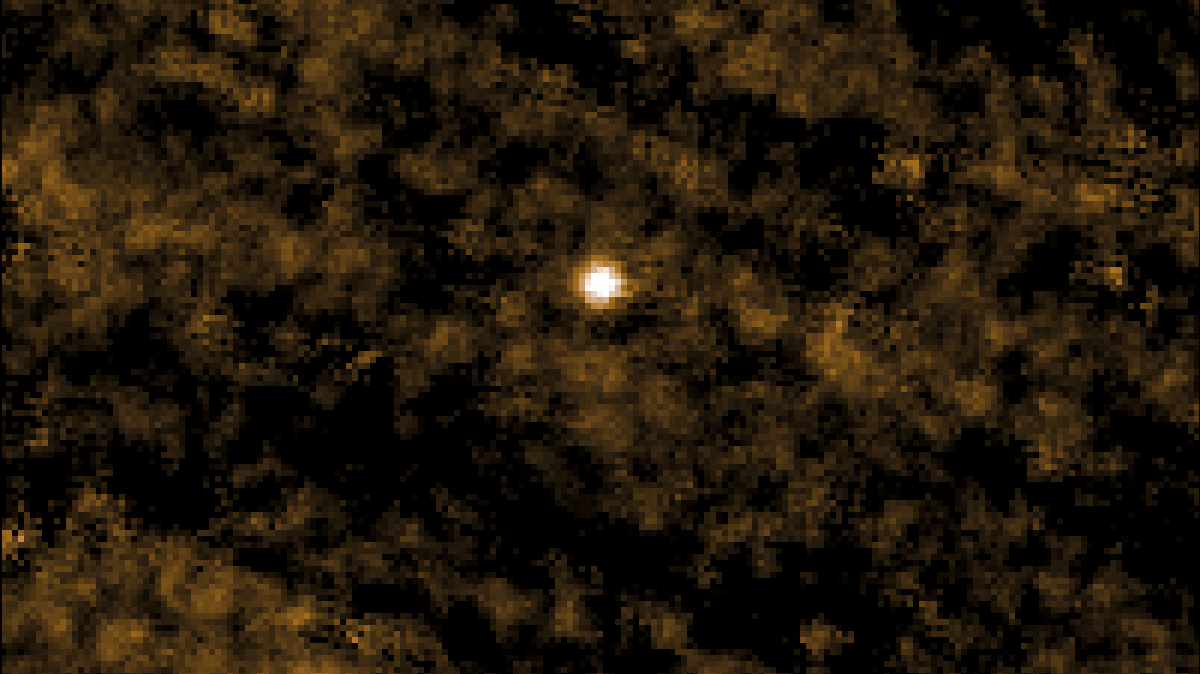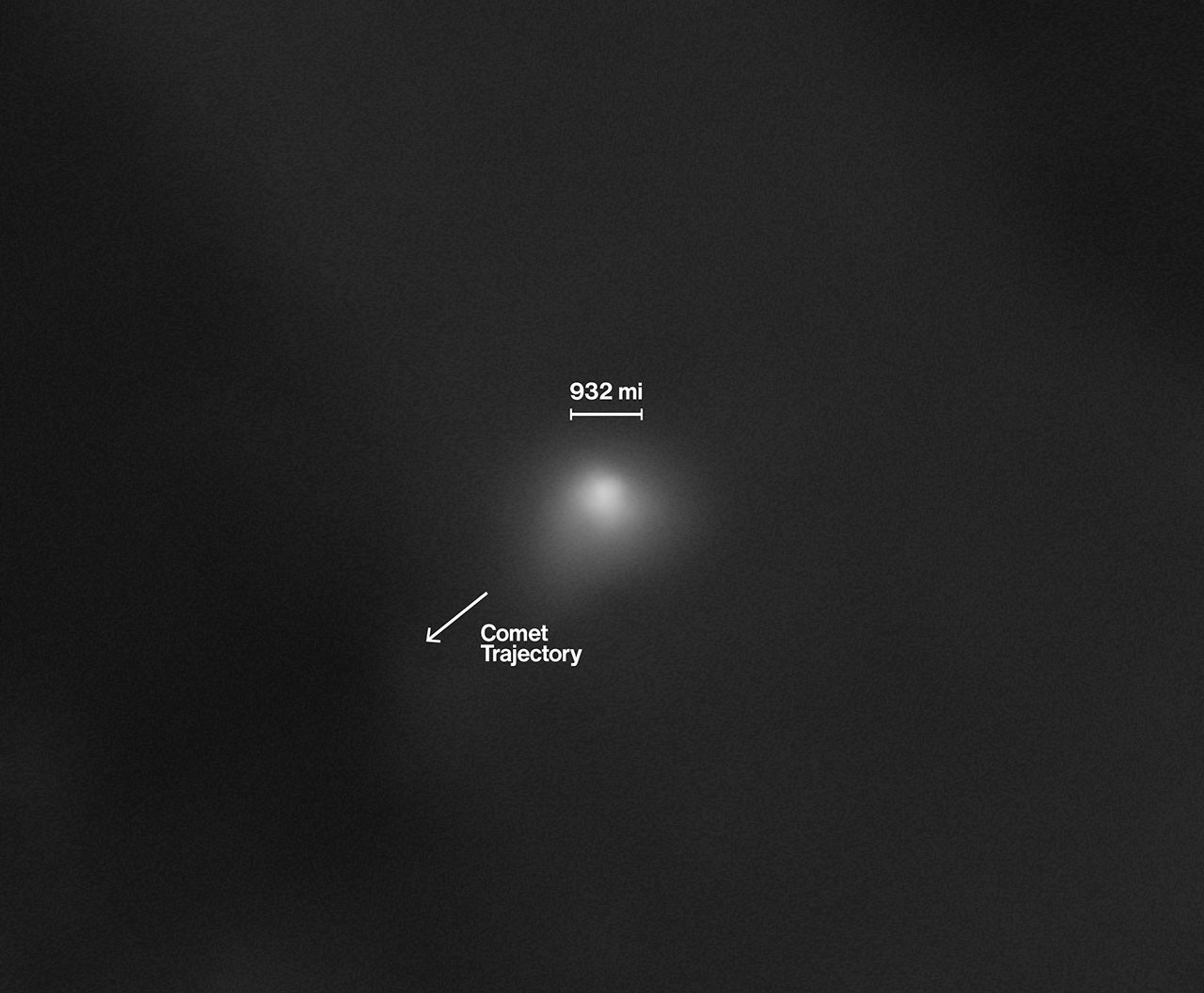'3I/ATLAS is a comet': NASA finally releases new 3I/ATLAS images and addresses alien rumors
NASA's highly anticipated comet 3I/ATLAS images have been released, with a space agency official shooting down alien rumors and stressing that the interstellar visitor is a comet.

NASA has finally released a cache of previously unseen images of comet 3I/ATLAS, as the space agency stresses that the interstellar visitor is a natural object.
Comet 3I/ATLAS has become a celestial celebrity since its discovery in July, in part because of endless speculation that it could be an alien spacecraft. While most astronomers are confident that the interstellar visitor is a natural comet from an unknown star system, NASA has been silent on the comet in recent weeks due to the U.S. government shutdown.
The shutdown, which ran from Oct. 1 to Nov. 12, coincided with comet 3I/ATLAS flying behind the far side of the sun, reaching its closest point to the sun (perihelion) on Oct. 29 and entering its most active phase. NASA’s delay in releasing the new images during this period fueled conspiracy theories, with some speculating that the government agency had something to hide.
When NASA hosted a Wednesday (Nov. 19) stream to present the highly anticipated images, it came out swinging. Soon after the conference began, NASA Associate Administrator Amit Kshatriya said he wanted to address what he described as "the rumors."
"This object is a comet," Kshatriya said. "It looks and behaves like a comet… and all evidence points to it being a comet. But this one came from outside the solar system, which makes it fascinating, exciting and scientifically very important."
The comet's natural origins shouldn't detract from 3I/ATLAS’s story. This object is only the third interstellar comet ever recorded, potentially the oldest comet ever seen and the most massive of its kind, so there are plenty of non-alien reasons for it to be of interest to humanity.
The new images were taken using a variety of different instruments, with the closest shots coming from NASA's Mars Reconnaissance Orbiter. This spacecraft has been orbiting Mars since 2006, searching for signs of water on the Red Planet with its onboard High Resolution Imaging Science Experiment (HiRISE). The imager snapped comet 3I/ATLAS as it zoomed past Mars in early October.
Get the world’s most fascinating discoveries delivered straight to your inbox.
The Mars Atmosphere and Volatile Evolution (MAVEN) orbiter also captured ultraviolet images of comet 3I/ATLAS that will help researchers better understand the comet's makeup, according to NASA.

Elsewhere, sun-monitoring instruments like NASA's Solar Terrestrial Relations Observatory (STEREO) and the asteroid-chasing Psyche and Lucy spacecraft caught additional new glimpses of comet 3I/ATLAS. The space agency noted that these observations will provide details on the comet's tail. However, the images have only just been processed and are only now being studied, so findings from them thus far are limited.
The interstellar interloper originated somewhere beyond our solar system. Researchers don't know which star system it came from, but it could be billions of years old — potentially more than 3 billion years older than our sun.
While the comet's age has yet to be confirmed, Tom Statler, lead scientist for solar system small bodies at NASA's Planetary Science Division, said that because the comet is zooming along three times faster than the average rate at which stars in our cosmic neighborhood orbit the Milky Way’s center, it has likely been in interstellar space for a very long time.
"We can't say this for sure, but the likelihood is it came from a solar system older than our own solar system," Statler said during the stream. "Which gives me goosebumps to think about frankly, because that means that 3I/ATLAS is not just a window into another solar system; it's a window into the deep past, and so deep in the past that it predates even the formation of our Earth and our sun."

Patrick Pester is the trending news writer at Live Science. His work has appeared on other science websites, such as BBC Science Focus and Scientific American. Patrick retrained as a journalist after spending his early career working in zoos and wildlife conservation. He was awarded the Master's Excellence Scholarship to study at Cardiff University where he completed a master's degree in international journalism. He also has a second master's degree in biodiversity, evolution and conservation in action from Middlesex University London. When he isn't writing news, Patrick investigates the sale of human remains.
You must confirm your public display name before commenting
Please logout and then login again, you will then be prompted to enter your display name.

